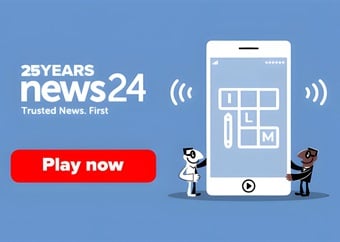Zimbabwe’s currency devaluation last week has led to a more realistic exchange rate, yet thin trading implies the new official interbank market isn’t as free as officials suggested.
The central bank announced on February 20 that its quasi-currencies - bond notes and their electronic equivalent - would no longer be valued at parity to the dollar and would be traded on an official interbank market.
Since then, the bond notes, now known as RTGS dollars, have weakened to 2.5 against the greenback, while the black market rate has appreciated almost 9% to 3.36 per dollar, according to marketwatch.co.zw, a website run by financial analysts in Harare.
The tight trading band on the interbank market - rates have ranged between 2.5001 to 2.5042 this week - indicates trading isn’t totally free. The RBZ seems to be the only supplier of dollars, with just $7.7m traded as of Thursday, a person familiar with the matter said.
There’s also been some improvement, again modest, with equities.
The dollar squeeze roiled the stock market, with locals piling into it to hedge against inflation, which is officially 57% but may be as high as 270 percent, according to Steve H. Hanke, a professor of applied economics at Johns Hopkins University in Baltimore. That caused foreign investors such as Cape Town-based Allan Gray - which struggle to get their money out of the country because of capital controls - to write down their holdings to more realistic levels.
They measure how out of whack prices are by taking the difference between the Harare and London shares of Old Mutual, Africa’s largest insurer.
The Harare stock has sunk 18% this week to $7.50, which in Zimbabwe’s skewed markets is a sign that the liquidity crisis is easing. It’s now 4.5 times the price of that in London, when converted to dollars, down from 6.3 in January.
Investors won’t be confident the foreign-exchange crisis is over until Zimbabwe’s formal and informal currency rates and the so-called Old Mutual implied rate all converge.




 Publications
Publications
 Partners
Partners









